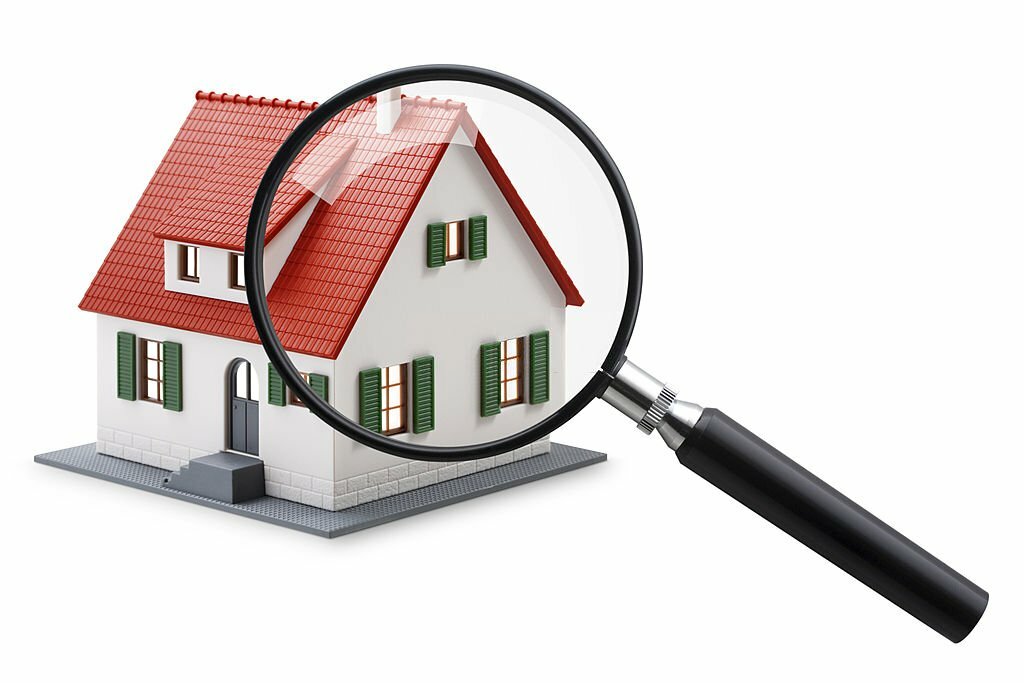Purchasing a home is one of the biggest financial investments most people ever make. While the real estate transaction focuses on property details like price, location, and amenities – there’s more to consider before signing on the dotted line. The physical condition of the home itself plays a huge role in buyer satisfaction and future repair costs. In San Diego, a professional home inspection is strongly recommended before finalizing any purchase.
Home inspectors serve as unbiased third parties to evaluate the physical condition of a home. Their detailed reports outline the current state of the property along with any recommendations for repairs or replacements. This information better equips buyers to make sound purchasing decisions. When hiring a home inspector, you want someone who will take the time to thoroughly evaluate all areas of the home. Here are 10 crucial steps quality inspectors follow to perform comprehensive inspections in San Diego:
Interview the Homeowners
A seasoned home inspector will begin their onsite inspection by interviewing the homeowners when possible. This allows inspectors to ask targeted questions about any known defects, prior repairs, recurring issues, warranties, or other useful history related to the home. Reputable inspectors dig for details that may explain issues uncovered during the inspection process itself.
Review Available Documentation
Quality San Diego home inspectors will also request access to any documentation available about the home. This includes things like product manuals/warranties on roofing, HVAC systems, or appliances, any pest inspection reports done previously, copies of work orders/invoices for past repairs, and any engineering/inspection reports in the sellers’ possession. Reviewing this information ahead of time allows inspectors to better know what to look out for in problematic areas.
Examine the Exterior
A thorough home inspection always includes a careful examination of the home’s exterior. Inspectors look at the condition of surfaces, drainage patterns, landscaping elements, and hardscape items adjoining the home. The goal is to identify existing damage, proper drainage, trip hazards, and vegetation that may lead to exterior damage long-term if left unattended.
Evaluate the Roof System
One of the most expensive home components to replace is the roof. Comprehensive home inspections always include a close analysis of roof materials, drainage, flashings, skylights, and penetration seals. Inspectors look for damaged materials, evidence of leaks, and typical wear based on the roof’s age. Expect inspectors to take time to evaluate roof condition and outline any deficiencies found.
Check Insulation Levels
While in the attic, inspectors will check insulation levels and installation integrity. Proper insulation in attics and exterior walls plays a significant role in energy efficiency, comfort, moisture control, and condensation issues that could lead to mold. Checking insulation conditions is part of every quality inspection.
Test Electrical Systems
Faulty electrical systems can lead to shock hazards or even fires. Home inspectors conduct electrical testing to uncover any issues lurking behind the walls. From the main service panel and meter to distribution wiring, outlets, switches, and fixtures, competent inspectors test everything accessible systematically. This process helps identify problems like outdated wiring, overloaded circuits, improper installations, and other hazards.
Examine Structural Integrity
Foundations and framing make up a home’s underlying structure that must stand the test of time. Home inspectors use visual cues and tools like levels and moisture meters to determine if the home’s structure appears sound. Signs of settling, shifting, or deterioration often show up in the form of cracks or distortion. Inspectors know what clues to look for and where trouble often hides.
Evaluate Plumbing & Bathrooms
Leaky plumbing and faulty drain lines can destroy structures and breed mold. Home inspectors systematically check water pressure, pipe condition, and drainage functionality by running all fixtures and testing toilet flushing. Showers, sinks, tubs, and other bathroom components are examined for proper installation and damage. Water heaters are also thoroughly checked by reputable inspectors.
Assess HVAC Equipment
Heating and cooling costs make up a sizeable chunk of most homeowners’ budgets. The right HVAC equipment sizing, controls, and distribution systems that work properly together are crucial. Home inspectors test furnace and AC equipment for proper function – including checking air flows, duct sealing, refrigerant levels, and combustion safety. Recommended upgrades or replacements are outlined in the inspector’s report when identified.
Note Any Recommended Repairs
No house is perfect as all homes have a list of recommended repairs and improvements. The importance lies in identifying deficiencies that can compromise safety or lead to much larger issues. Talented inspectors know what to look for and will be transparent about problem areas. Quality inspection reports also outline maintenance recommendations to save buyers from headaches and costs later on.
While inspectors can’t catch every minute defect, following these 10 crucial steps allows them to conduct extremely thorough home inspections. They help safeguard buyers from purchasing money pits riddled with hidden issues. In a hot real estate market like San Diego, informed buyers have a tremendous advantage these detailed inspection reports provide. Investing in an exhaustive home inspection San Diego before purchasing is one of the smartest moves buyers can make.
